By Lim Angela Tchoi
What makes a performance successful?
-Confidant delivery
-Expressing personal interpretation
-Executing technical clarity and artistic esthetics
-Organic not artificial bodily movements
-Sense of ownership
-Captivating
Necessary Preparations:
-Thorough knowledge
-Refinement
-Secure memory
-Ownership
Skeletal Learning-
-Reduce to achievable task
-Add layers of elements
-Encourages student to concentrate on quality of execution
-Putting puzzle pieces together
-Colored pencils are great tools for recognizing different voices. i.e.: “Play just the blue notes”
Refinement-
-Apply to skeleton steps;
-Establish tempo and big sense of pulse first
-Take breaks and breaths
-Dynamics: variety and gradation
-Pedal
Raising the Standards-
-Apply refinement procedure to all students: from the very beginning
-Explore various sounds one can create on the piano through different types of touches.
-Describe music adjectives and adverbs.
-Encourage listening and evaluating: retain positive traits and improve what can be better
-Expect and demand higher quality
Solidify security-
-Block chords
-Playing melody with single finger
-Dotted rhythm alterations
-Practice small sections
-Overlapping
-Practice from the final measure, then continuing to add previous measure
-Sinking into chords- use moments that relieve tenson
-Be able to start anywhere! Extra work to solidify cadences
-Slow and super slow practice; can you stay concentrated
-Reviewing over a long time.
-After initial learning and polishing let pieces simmer and mature. Revisit.
From big picture to finer details-
-Sectionalizing by key schemes (form)
-Grouping harmony (chord progression)
-Voicing (Texture)
-Knowing the Melody (period structure)
-Feeling the main pulse (Rhythm)
-Blocking and Bunching

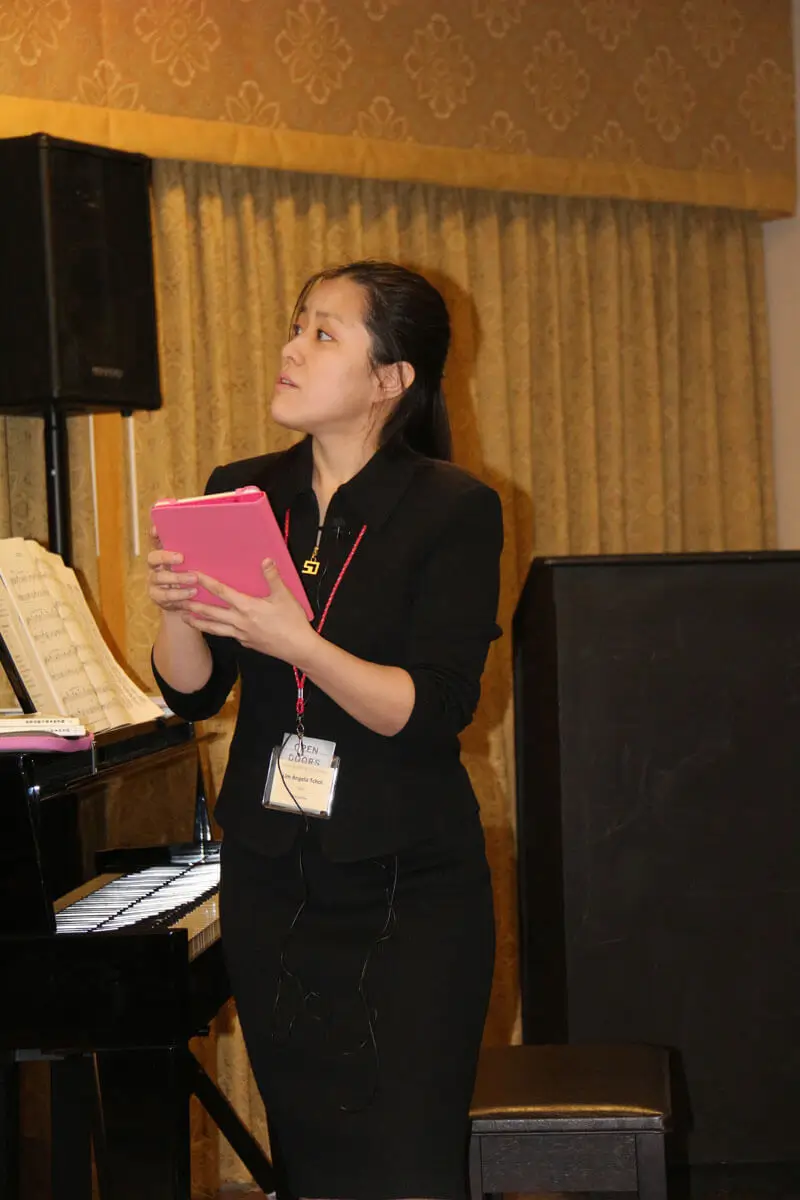
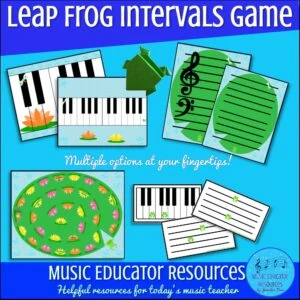

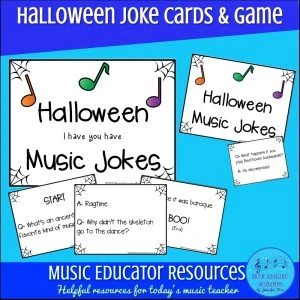
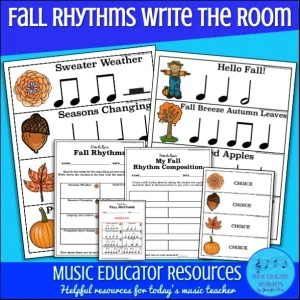
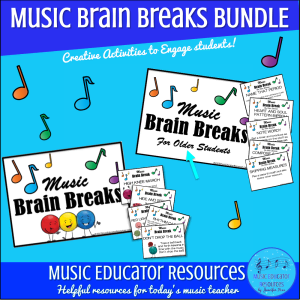
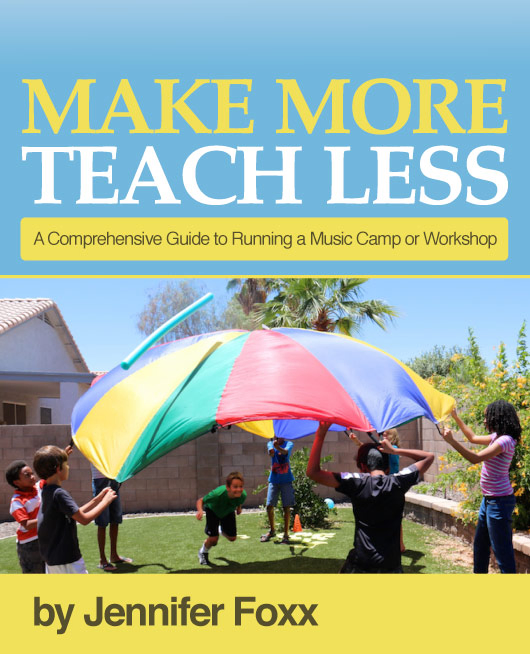

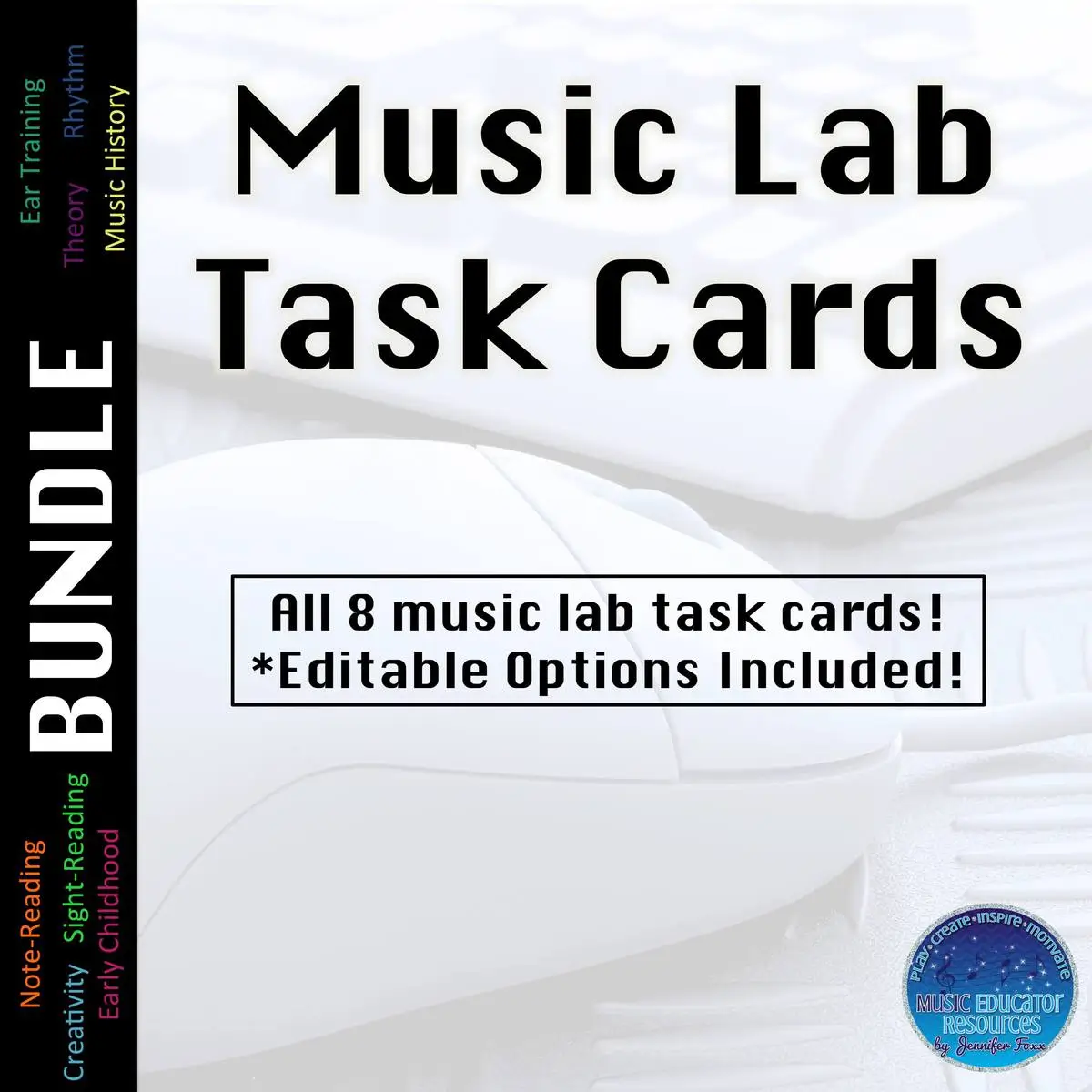
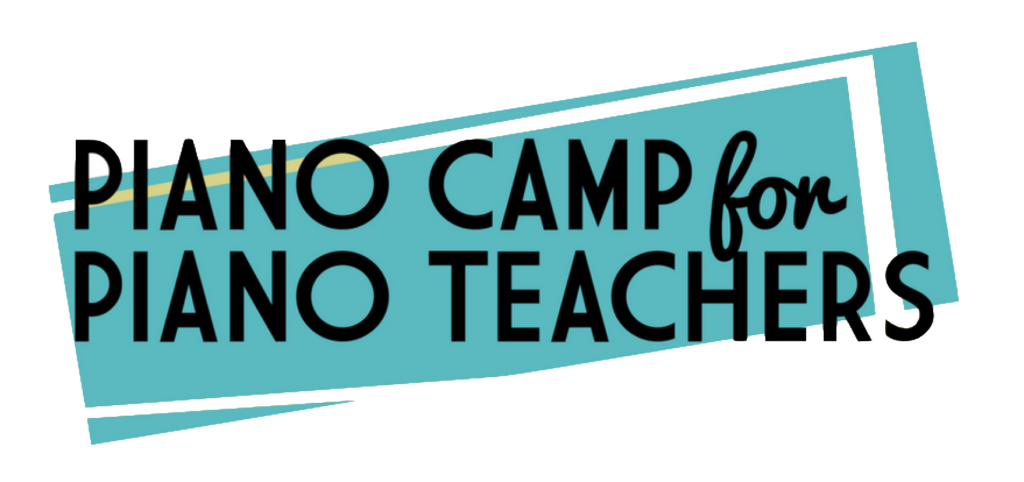


That was an excellent workshop! Thanks for the reminder…